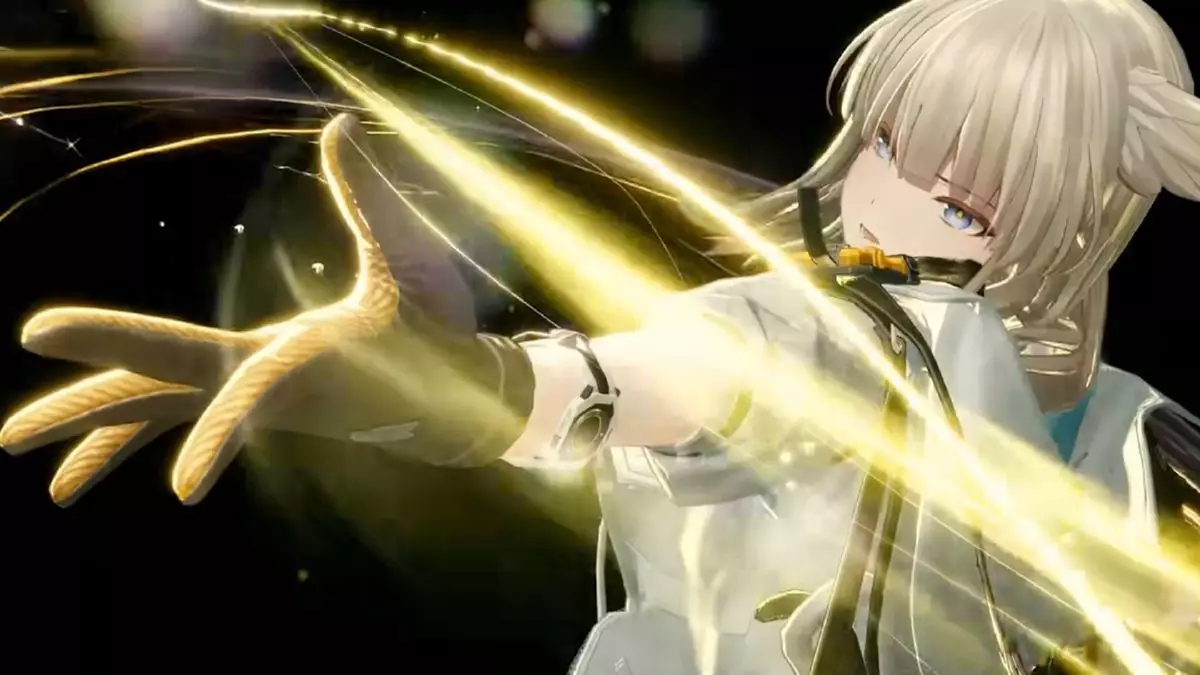The landscape of video gaming has undergone a significant transformation in recent years, with the emergence of Chinese developers capturing global attention. This shift was notably catalyzed by the success of **Black Myth: Wukong**, a game that showcased the potential of China’s gaming industry and placed it firmly on the map alongside traditional powerhouses like Japan. As international audiences and developers take notice, an intriguing dialogue has emerged around the artistic and technical prowess of Chinese games, particularly in the realm of animation.
Chinese Influence on Global Gaming
It’s compelling to observe how the appreciation for Chinese games has transcended borders, influencing developers in Japan. The discussions, particularly those highlighted in the Twitter sphere, reveal a fascinating comparison of the technical aspects between Chinese and Japanese gaming. Developers have started recognizing that the real distinction isn’t just in graphics but importantly in animation quality, with comments by industry figures such as Alwei drawing attention to the meticulous detailing in character movement and scene composition.
Animation has long been a critical element in gaming, often determining the immersive quality and emission of dynamics essential for engaging gameplay. The versatility and fluidity of movements in games like **Arknights: Endfield**, which is produced by the Shanghai-based studio Hypergryph, underscore this difference. Observers have noted how Chinese games embrace advanced techniques in physics, camera work, and viewer guidance to create an animated experience that feels alive, engaging, and captivating.
On the surface, the appeal of games like **Genshin Impact** may lie in their aesthetic charms and character designs, which often include elaborate outfits and visually stimulating environments. However, a deeper exploration reveals the craftsmanship that underpins these artistic choices. The smooth transitions and lifelike movements within animations represent not only a technological achievement but also an understanding of visual storytelling that engages players on multiple levels.
The accolades from Japanese developers have illuminated a growing realization: the gap in animation quality may stem from a larger workforce and financial backing in China. Alwei notes the relative shortage of animators in Japan, suggesting that these dynamics allow Chinese studios to enhance their output in both scale and quality. With a population exceeding 1.4 billion, China boasts a labor pool and resources that dwarf those in Japan, enabling game developers to allocate substantial funding and staff to projects.
The Cultural Context of Development
Moreover, the creative ethos that governs game development in China appears to differ significantly from that in Japan. The notion of “free-spirited” development resonates through the projects emerging from Chinese studios, embracing a boldness in design and concept that might be stifled within Japan’s more conservative gaming industry. The willingness to explore unconventional ideas has led to a generation of games that break traditional molds, resulting in rich storytelling coupled with vibrant animations.
Illustrators and animators like Shiba_29 have emphasized the scale of production in China, noting that the investment spent on game development can far exceed even the most lucrative Japanese titles. Such large-scale endeavors indicate a commitment to quality and an understanding that the marketing potential of a game is directly tied to its execution and presentation. The financial unease present in the Japanese scene may hinder similar creative explorations, leaving room for Chinese developers to solidify their foothold in the global market.
As the gaming community continues to evolve, the trajectory of Chinese game development reflects not just a surge of creativity and technical capacity but also bold ambitions that promise to shape the future of the industry. The praise from Japanese developers serves as a commendation of the ability of these studios to push the envelope in animation and design.
The growing recognition of Chinese games indicates a pivotal moment in gaming history. As developers across the industry engage in dialogue about artistic quality and production values, it remains to be seen how the synergy between Eastern and Western gaming will evolve. The future appears bright for Chinese developers, who are not only challenging existing paradigms but are also laying down the template for a new generation of animated gaming experiences.


Leave a Reply